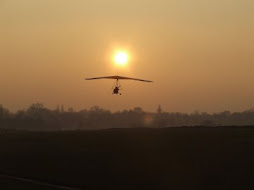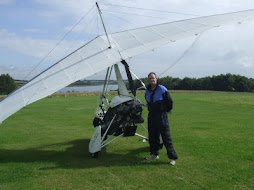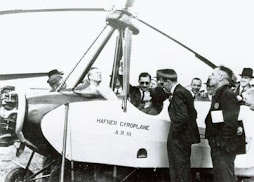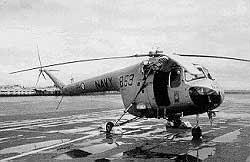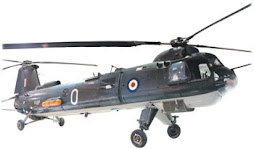At the end of the weekend of the USSR (SSDR) event ending at Sywell I was delighted to see this P&M Magic Laser fly in and went to chat to the chap flying it for them, who told me that he only recently got his licence.
Last year, before I bought my Dragonfly, I corresponded with its designer in India and was seriously thinking of getting one. P&M make a particular point of emphasising that theirs is a microlight wing, not a hang glider one, which is a funny way of pitching it because I'd have thought the high lift, excellent sink-rate which Flylight are able to boast with their Aeros wing are great selling points.
I really like the business-like way the Magic Laser is put together and was especially interested in its instrument panel and the way that the pilot had assembled his own additional kit in a paragliding tummy bag strapped across his lap.






















